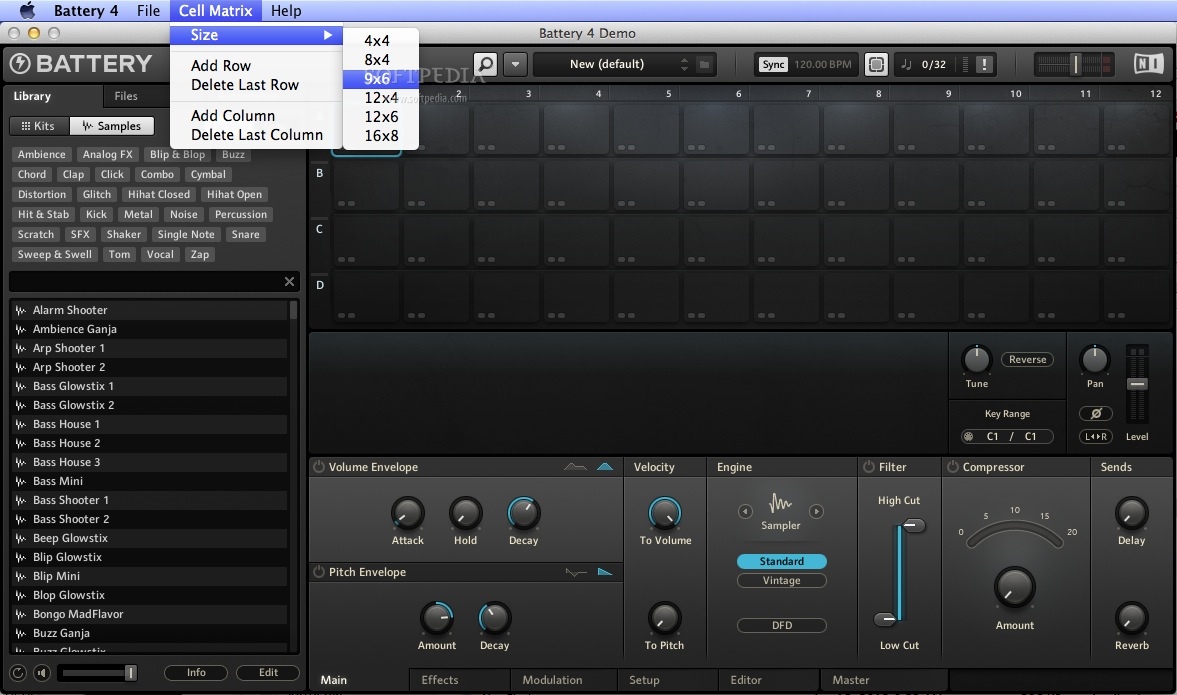- Auto-Tune EFX+: Auto-EFX Multi-Effects Tips and Tricks. How to Open a Plug-in in GarageBand 10. How to configure MIDI control of Auto-Tune Pro (or Auto-Tune Artist) in Pro Tools. How to configure MIDI control of Auto-Tune Pro (or Auto-Tune Artist) in Logic Pro X.
- Nov 18, 2019 AutoTune in Garageband for your iPhone is the best plugin to have when it comes to recording references or songs on your ipHone.
Add Autotune In Garageband
If you like to mix music using GarageBand, than you know that is a good entry-level multi-track recorder with a very intuitive interface. What you might not know is, you use it to make your voice have that auto tune sound you here in a lot of popular music.
GarageBand, like many other DAWS, comes with the ability to install plug-ins and they’re fun to use. In this tutorial, I’m going to lay out a step-by-step process for installing plug-ins into GarageBand. At first, I struggled to make this work, but it became like second nature after a few tries. It’s really quite simple. Use autotune on Garageband with your MacFirst, create a new track. Click on real instrumental track. Record your voice. Listen to the recording. Go to view, hide track editor. Go to enhance tuning. You can bring it to max for the TPain effect or choose the enhance tuning setting that you want.
The auto tune effect is great in R&B, Hip Hop, and maybe even Pop music. Your imagination is the limit when you're working with vocal effects. With the large selection of royalty-free loops that come with GarageBand, there is a lot you can do if you're an indie musician. Using auto tune is surprisingly simple, it only takes a few steps.

Create Project and Enhance Tuning of Track
When you open GarageBand, choose to make a voice project. Give it a name, select the correct key (the key you want the song to be in), and the tempo. Select the track you want to apply the auto tune effect to.
Now, go down and click in the scissor icon to open the editor. Drag the slider up to 100 where it says Enhanced Tuning. Then, check Limit to Key. This will limit your voice to the key that you selected when you created the project.
Add the Chorus Effect
On the upper-right side of the GaragBand window, with the track info panel open (click on the little 'i' on the bottom right if it isn't), click Edit. By default, some effects (e.g. Noise Gate, Bass Reduction) will already be applied. We can leave those alone. Click on one of the blank areas to add a new effect. Choose Chorus. Where chance the option Default to Atmospheric.
Edit the Visual EQ, Echo, and Reverb
Click the graphic next to the Visual EQ to open its visual editor. Bring the treble up a little some, and the bass down just a little to look the way I did it in the picture. Then, underneath that, bring the Master Echo to around 15% and the Master Reverb to around 25%. You can tweak the Visual EQ, Master Echo, and Master Reverb to your liking.
Save the Instrument
Now go down to Save Instrument and give it a name. Now, if you want to use it on another track, just go to the browse tab of the track info and choose it. Don't forget to adjust the Enhance Tuning values when you use you custom vocal effects on a new track.

Autotune On Garageband
Remember, there isn't just one way to do it. You can tweak any of the values I used for the tutorial to make it sound the way you want. Now that you have created the auto tune effect on the track, you can record.